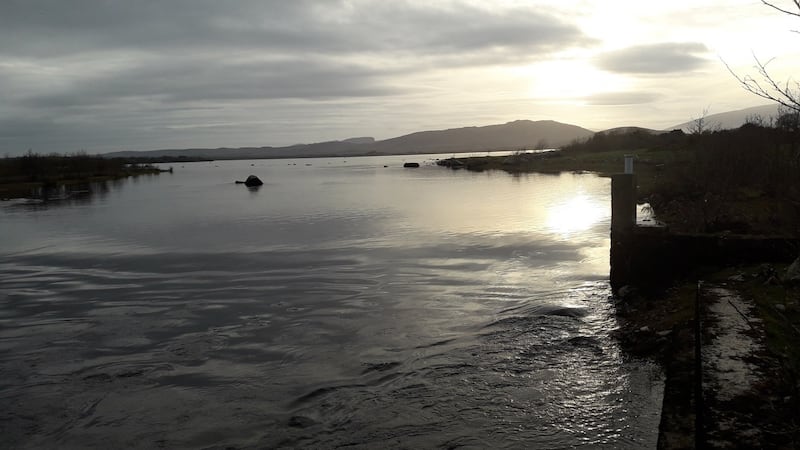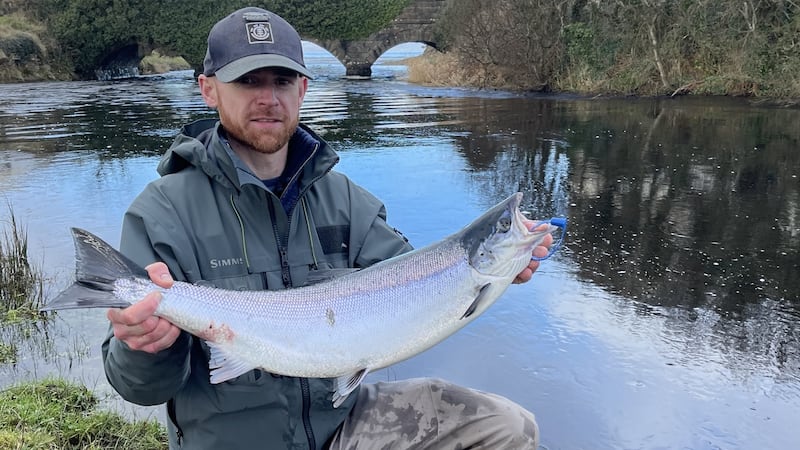For the first time in over 50 years, spawning sockeye salmon (Oncorhynchus nerka) will return to Okanagan Lake in British Columbia, Canada, according to Shelby Thom of Global News. A fish ladder, left inoperable after the Penticton Dam was built in the 1950s, has been restored by the Okanagan Nation Alliance and Fisheries and Oceans Canada.
A crane was used to remove a wooden gate blocking off the narrow concrete passage, opening the way for fish to get through. It was a momentous occasion for Canada’s First Nations (the collective term for the country’s predominant indigenous peoples) and for conservationists such as Lee McFayden.
“To watch that gate go up, and to know that fish can finally return to their historic grounds, was a tearful moment,” she said. McFayden is a member of the Okanagan River Restoration Initiative (ORRI) and the Okanagan Similkameen Conservation Alliance.


The ORRI is one of several groups responsible for extensive restoration efforts under way since 2008 to save the Okanagan sockeye.
Construction of dams, channelisation, urban encroachment and water management practices have all contributed to the depletion and near-extinction of fish stocks within the Okanagan River basin.
First Nations and conservation groups, along with provincial and federal governments, have built spawning beds along the river using the right gravel to mimic natural spawning grounds.
Fish fry have also been released into creeks that filter into Okanagan River, and water flows have been adjusted at downstream dams to allow sockeye safe passage.
“Upwards of 30,000 sockeye are en route to Penticton, which is considered a low return, but we are optimistic next season will be a banner year. With a passageway through the dam, the fish will finally be able to return home,” McFayden said.
Roadmap for inland fisheries
The Department of Environment, Climate and Communications is focused on developing a modern policy framework for inland fisheries. The first step towards this goal is the publication of Towards a Policy Framework for Inland Fisheries in Ireland – A Roadmap.
The Board of Inland Fisheries Ireland has welcomed Minister for the Environment Eamon Ryan's publication of the roadmap, which it said "forms an important part of developing a policy and regulatory framework for the inland fisheries sector".
Regulation of the sector is essential to develop the resource and maximise the economic and social return.
The roadmap forms an important part of developing a policy framework and contains information about inland fisheries and their potential, while mapping out the next stages in this development.
Primarily, the new policy will focus on conservation and sustainable management, and reimagining our relationship with this national resource.
In broader terms it is geared towards those with an interest in angling, fisheries, rural development, biodiversity, natural habitats, water quality, climate action and wider sustainability.
Stakeholders could represent those who participate in angling and inland commercial fishing, rural and coastal communities, environmental NGOs, local authorities, the hospitality sector and other regulatory bodies.
During the development phase, those who wish to contribute should contact ifpolicy@decc.gov.ie or Inland Fisheries Division, Department of Environment, Climate and Communications, Elm House, Earlsvale Road, Cavan Town, H12 A8H7.
First salmon
The first Drowes salmon of 2021 was caught just after noon last Friday by local angler Joe Broderick. The 10lb fish took a black Flying C from the Old Sea Pool. The Bundoran angler also has the distinction of catching the first salmon from the river in 2003.
Anglers are reminded that current 5km travel restrictions remain in place at the fishery until March 5th.
angling@irishtimes.com.












